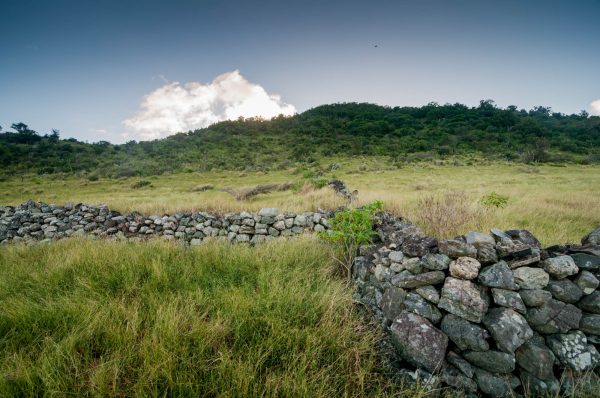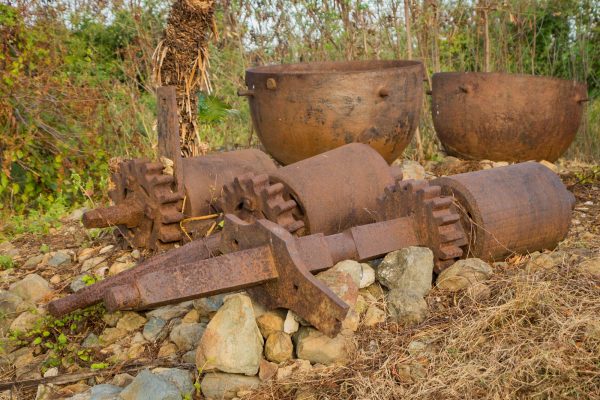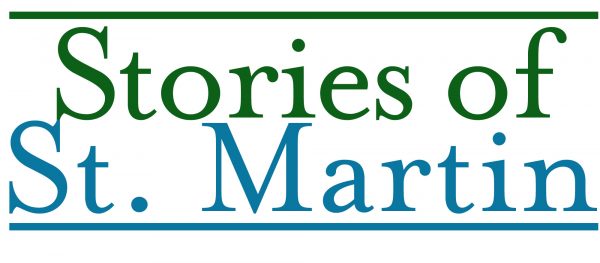On the first morning of the Museums Association of the Caribbean conference, John Angus Martin gave a presentation called Exhibiting Slavery in the Caribbean Museum. It is a challenging topic that many museums have avoided in the past. His presentation sparked animated discussion amongst the attendees.
Martin focused specifically on how small museums in the Caribbean can tackle this topic. These museums tend to lack funding, resources and space to address a topic so big and important in the detail it deserves. Making space for people with diverse perspectives and different ways of processing this history is also hard.

Despite the challenges, Martin had many suggestions. One key element is focusing on the people themselves. Exhibits that focus on artifacts or data tend to be cold and clinical. Stories should be personal. Humanity can be lost when exhibits focus on the magnitude of the slave trade. It is hard to tell personal stories when most names and lives were not recorded, but some records do exist.
Martin also highlighted the need to honor and memorialize. People should feel empathy and sorrow. There can be space for contemplation, and the hope of working towards a sense of closure. Featuring stories of resistance is part of this, but honoring how people survived is also important.
Martin suggested that the starting point of exhibits about slavery should be here and now. The story should be told starting from the present and working back into the past. It should highlight how this history has influenced life and culture today. The focus should be local, and the local story should not be lost by trying to tell a global history of slavery.
Slavery exhibits should be rooted in the local landscape, which often a key to telling the story. Although many of the signs of slavery on plantations are gone, the land itself remains. The places where enslaved people lived and toiled are still here. The landscape itself was transformed by their labor. Many of the plants were brought with them are still growing here, what does remain from this era was built by their hands.

What do you want an exhibit about slavery? What would you like to learn or see? Tell us by writing in to The Daily Herald or to info@lesfruitsdemer.com.

